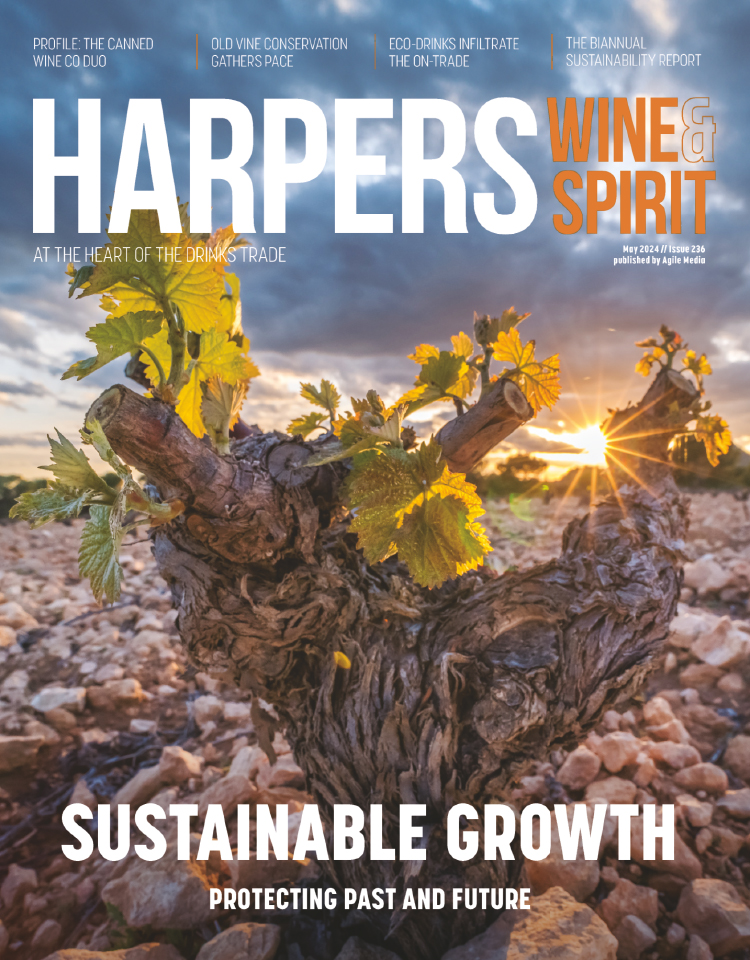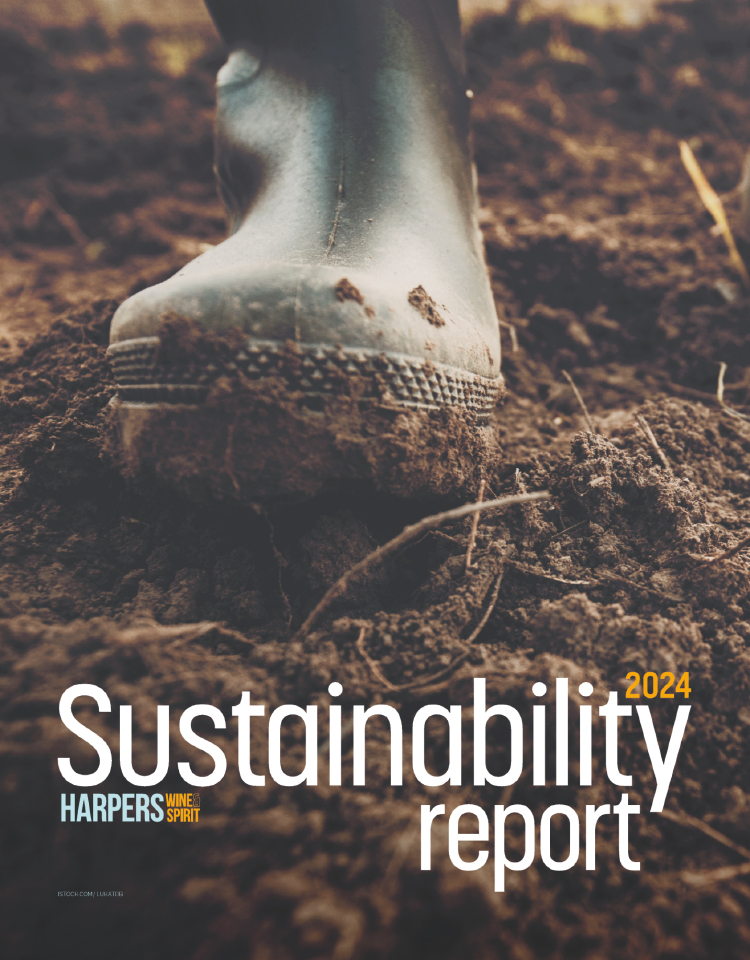
Lidl and The Wine Society join Bottle Weight Accord to reduce glass globally
A number of leading wine retailers representing various corners of the globe have just inked an agreement with the shared objective of significantly reducing the weight of 750ml still wine bottles across their extensive product lines.
Dubbed the Bottle Weight Accord, the agreement was spearheaded by the Sustainable Wine Roundtable (SWR), a global platform to advance sustainability across the global wine industry. The agreement involves Lidl GB, Waitrose & Partners, Naked Wines UK & US, The Wine Society, the Whole Foods Market, Systembolaget AB, Virgin Wines, and Laithwaites, and received the support of renowned wine writer Jancis Robinson.
Under the Bottle Weight Accord, the participating companies committed to reducing the average weight of their wine bottles from the current 550g to less than 420g by the end of 2026.
The step-by-step process of weight reduction will commence with the removal of the heaviest bottles from the retailers’ portfolios. Following this, participating businesses will focus on reducing the weight of their own brand labels by the end of 2025 and finally, across the entire range.
“The SWR’s role will be to ensure there is an ongoing commitment to reducing wine bottle weight among the participants,” SWR general manager Tom Owtram told Harper’s.
“The SWR will collect data every six months to ensure progress towards this reduction target is being made.”
To ensure transparency, data collected from participating retailers will be made public. “We will request the average bottle weight by volume sold, this provides a straightforward metric to show progress,” Owtram added.
As part of the agreement, the SWR will collaborate with its members throughout various segments of the supply chain to facilitate this transformative process. This collaborative effort will involve working closely with producers to source lighter weight bottles and offering guidance to bottlers on adjusting their filling line management practices.
A six-month research process – conducted by the SWR itself and co-funded by a consortium of retailers including Alko Oy, Systembolaget AB, The Wine Society, Waitrose, Ahold Delhaize, and Whole Foods Market – played a pivotal role in inspiring and laying the foundation for the accord.
The study unveiled a number of insights into bottle weight, with a noteworthy finding being that glass bottles represent the single most substantial component of wine’s overall carbon footprint. In fact, the report claims the bottle itself accounts for as much as half of the carbon impact of a wine, encompassing both embedded carbon from manufacturing and the energy needed for transportation. The retailers who have already committed to the accord collectively sell over 250 million bottles of wine annually. Consequently, the SWR argues that the promised 25% reduction in bottle weight will translate into carbon savings exceeding 23 million kg per year.
“We hope that the number of participating retailers will grow quickly over time and that lightweight bottles become the norm as soon as possible,” commented Dr Peter Stanbury, chair of the SWR’s research. “Laithwaites just joined last week, so our 250 million bottles estimate is very conservative. In reality, it will be a lot more.”
According to the SWR, achieving an average wine bottle weight below 420g represents just the initial phase of a longer term project, as the group is actively committed to exploring additional reductions in the future.
“We began with an approach that could work with the existing supply chain of participating businesses,” Stanbury pointed out. “But some commentators believe that it is possible to go a lot lighter, down to 350g.”
The SWR will also embark on further endeavours to address the carbon footprint associated with wine packaging. This includes considerations such as light-weighting sparkling wine bottles for both traditional and charmat methods, exploring the broader adoption of alternative packaging formats, and evaluating the potential benefits of bulk shipping.








